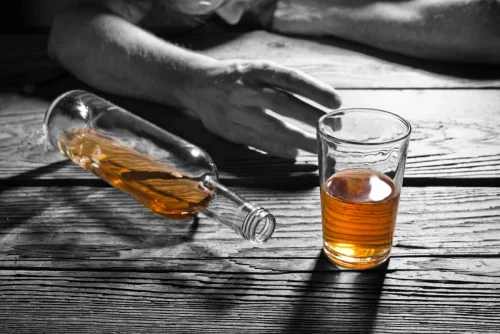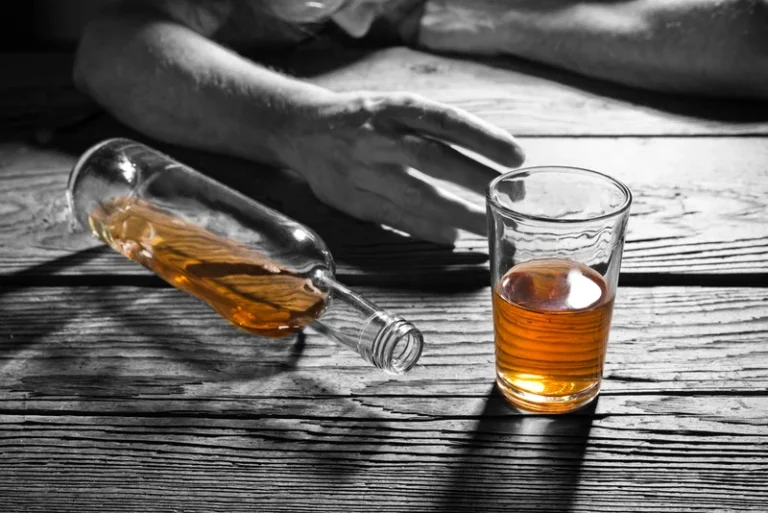
The Substance abuse term ‘alcoholic nose” or “drinker’s nose” refers to the skin disorder rhinophyma. Rhinophyma causes the skin on the nose to thicken and the sebaceous (oil) glands to enlarge. It was formerly believed that outsized alcohol use was the reason for Rhinophyma.
- These procedures help reshape the nose while avoiding disruption of the cartilage tissue and causing minimal scarring.
- If you opt for cryosurgery, the overgrown tissues of your nose will be exposed to shallow temperatures to freeze them.
- Call us when you feel ready or want someone to speak to about therapy alternatives to change your life.
What are the symptoms of rosacea?
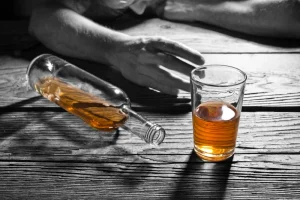
Have you ever noticed how some people’s noses turn red after they’ve had a few drinks? It’s not just a quirky coincidence but red nose from alcohol a real physiological response to alcohol consumption. A reddened nose is also a frequently observed indication of prolonged alcohol misuse, often referred to as red nose alcohol. For those who experience severe or persistent redness due to alcohol consumption, several treatment options are available.
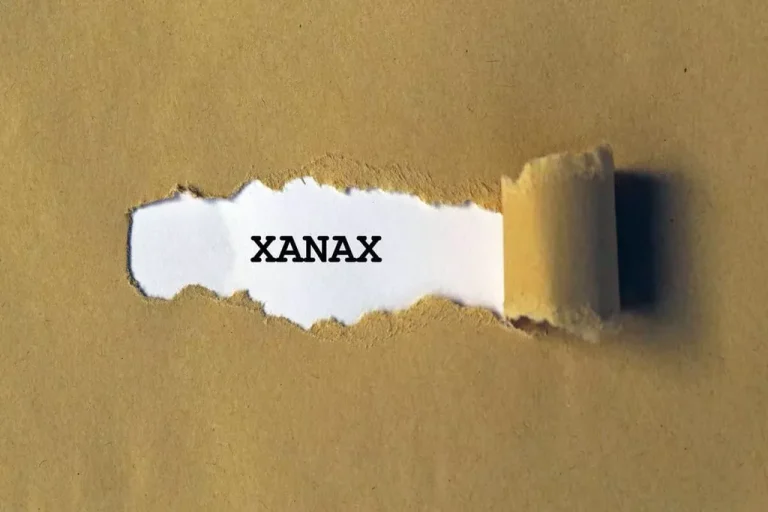
Emotion Regulation and Addiction
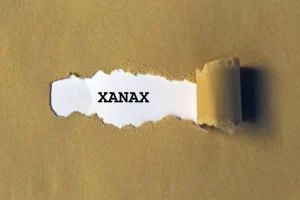
Alcohol is a vasodilator, which means it increases blood flow to the skin’s surface, causing redness and inflammation. While Rhinophyma is not directly caused by alcohol consumption, alcohol can trigger or worsen the symptoms of rosacea like redness on the skin. When the capillaries on the surface of the nose break they can then appear purple. Alcohol cannot be eliminated as a trigger for an alcoholic nose, but this does not have to mean that everyone who drinks alcohol should develop the condition. Rhinophyma is one of the lesser-seen impacts of alcohol abuse and affects a tiny percentage of users. It is different for people who already have an alcoholic nose – if they drink excessively, their condition will most probably worsen with time.
- Drugs may successfully treat less intense cases and different subtypes of rosacea.
- Alcoholism can lead to more severe cases where the bulbous tip of the nose may appear purple and become disfigured due to increased blood vessel ruptures.
- For these reasons, alcohol can aggravate symptoms of rosacea to a much more noticeable extent.
- It can cause it to enlarge and become bulbous, and also turns the nose purple or red.
- Alcohol addiction is when someone compulsively seeks and uses alcohol despite adverse consequences.
- Our hospital offers a variety of programs that can be tailored to patient needs, including an older adult program, dual diagnosis treatment and general psychiatric care.
- A survey by the National Rosacea Society found that red wine was the most common culprit, followed by white wine and beer.
Why Does The Nose Turn Red After Drinking Alcohol?
Continue to read to learn more about the causes and signs of an alcoholic nose. This damage is not just cosmetic but also structural, affecting the skin’s texture, which often becomes bumpy and warm to the touch due to enlarged pores. The redness can also come from an increase in blood flow right under the skin of the nose. When alcohol enters your system, it dilates the blood vessels in your body. This dilation is more pronounced in the face, particularly in the nose, due to its higher concentration of blood vessels. Alcohol abuse can lead to serious health problems, so getting help is crucial if you think you or a loved one may have a problem.
Cocaine Addiction
There is no known cure for rhinophyma or rosacea, but treatments can help manage the symptoms. Treatments like oral and topical medicines, laser therapy, or surgical interventions such as electrosurgery, cryosurgery, or laser ablation can help. If you or a loved one has an Alcoholics nose, getting help as soon as possible is vital. Speak with your doctor about available treatment options, support groups, and counseling to begin the process of recovery. With the right help and guidance, Alcoholics’ nose can be treated and managed so those suffering can lead healthier lives.
